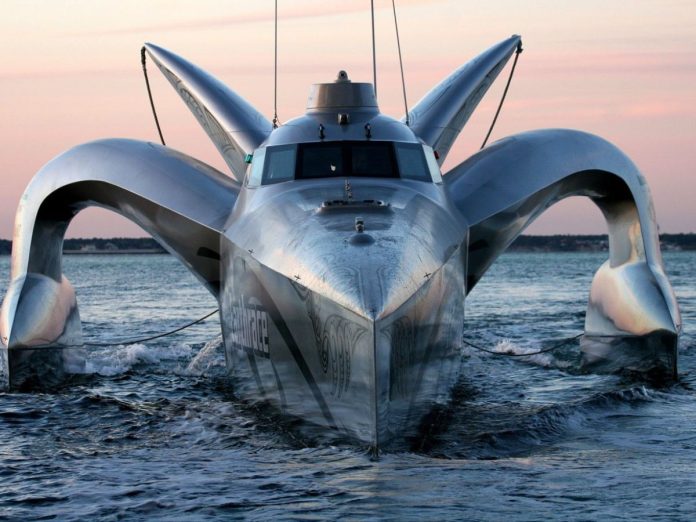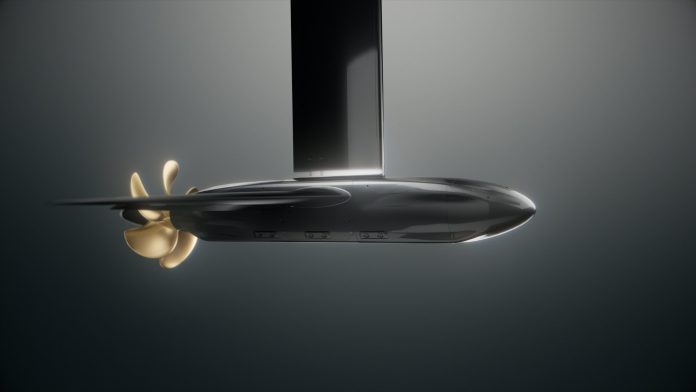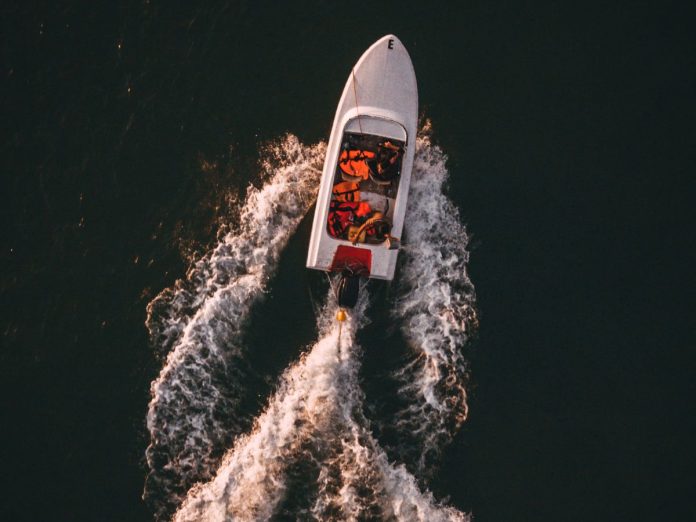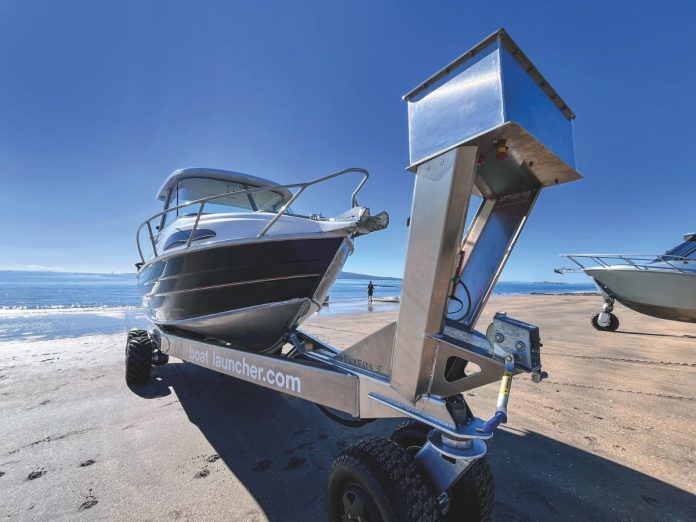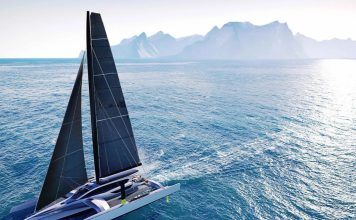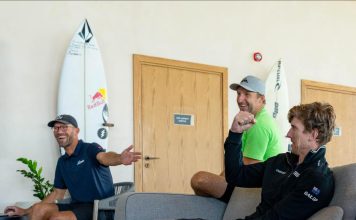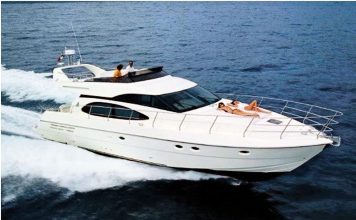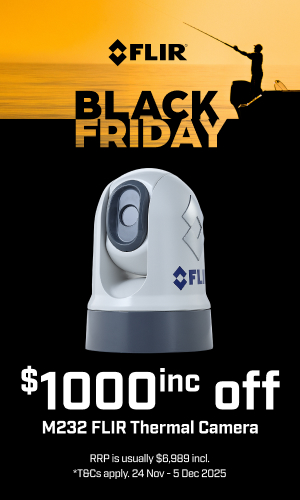A new direction in offshore hull design
When Ultimate Lady launched in 1998, most private motor yachts still relied on fuller bows and traditional powerboat thinking. Fast ferries were experimenting with wave-piercing shapes, but few yachts carried anything close to a pure version. Her launch changed a few minds. She showed that a fine bow with very little buoyancy forward, backed by long slender hulls, could run quickly and comfortably in open water. The project marked a shift in how designers approached high-speed cats, and it highlighted just how far ahead Kiwi naval architects were at the time.
What makes a wave-piercing hull work
Wave-piercers stand out straight away. Their bows tend to lack the flare you see on most powerboat hulls, instead are very fine, narrow entry points designed to reduce forward buoyancy. With so little lift forward, the bow doesn’t rise when it meets a wave. It keeps going. Water moves aside or over the hull instead of forcing it upward.
That single change cuts down pitch. You avoid the quick rise-and-fall action that makes many boats uncomfortable in a head sea. It also softens the impact when the bow drops off a crest. Long, slim hulls help further by reducing wave-making drag. Less drag means the boat holds its speed more easily.

The difference becomes obvious in rougher conditions. Instead of lunging at each set, a wave-piercer keeps a steady motion. You burn less fuel and feel fewer sharp hits through the structure.
Shifting the buoyancy and trimming the volume
Most of the buoyancy in a wave-piercer sits aft. That keeps the bow light and predictable. It also prevents the sudden slowdown you get when a fuller bow meets a steep face at speed.
The compromise is internal volume. Fine bows give you very little room forward. That can be limiting on big monohulls, but cats and tris aren’t affected as much. They spread their accommodation across multiple hulls and gain stability from their beam.
Some builders have adapted the style with hybrid shapes. Baltic Workboats and Ulstein both use inverted or semi-inverted bows that pierce at the waterline but hold reserve buoyancy above it. These forms offer similar advantages with a bit more deck space and dryness.

Where the design took off
The fast-ferry world drove early adoption. Tasmanian builder Incat produced a long list of high-speed wave-piercing cats that now run across Europe, Asia and North America. The 74-metre Catalonia set a transatlantic passenger-ship record in 1998. Boats like The Cat (Incat 046), Natchan World, KatExpress 2 and Condor 10 proved the layout could carry cars and passengers at pace through some of the world’s lumpy channels.
Incat to Build World-Class Battery-Electric Ferries for Denmark
Defence forces took interest soon after. The US Navy’s Zumwalt destroyers use an inverted bow shape to manage pitch and reduce radar return. Their Independence-class littoral combat ships use a trimaran with similar traits. Taiwan’s Tuo Chiang-class corvettes run a wave-piercing high-speed cat hull and reach speeds around 45 knots. The Australian Navy’s HMAS Jervis Bay demonstrated what a military wave-piercer could do as a fast transport.

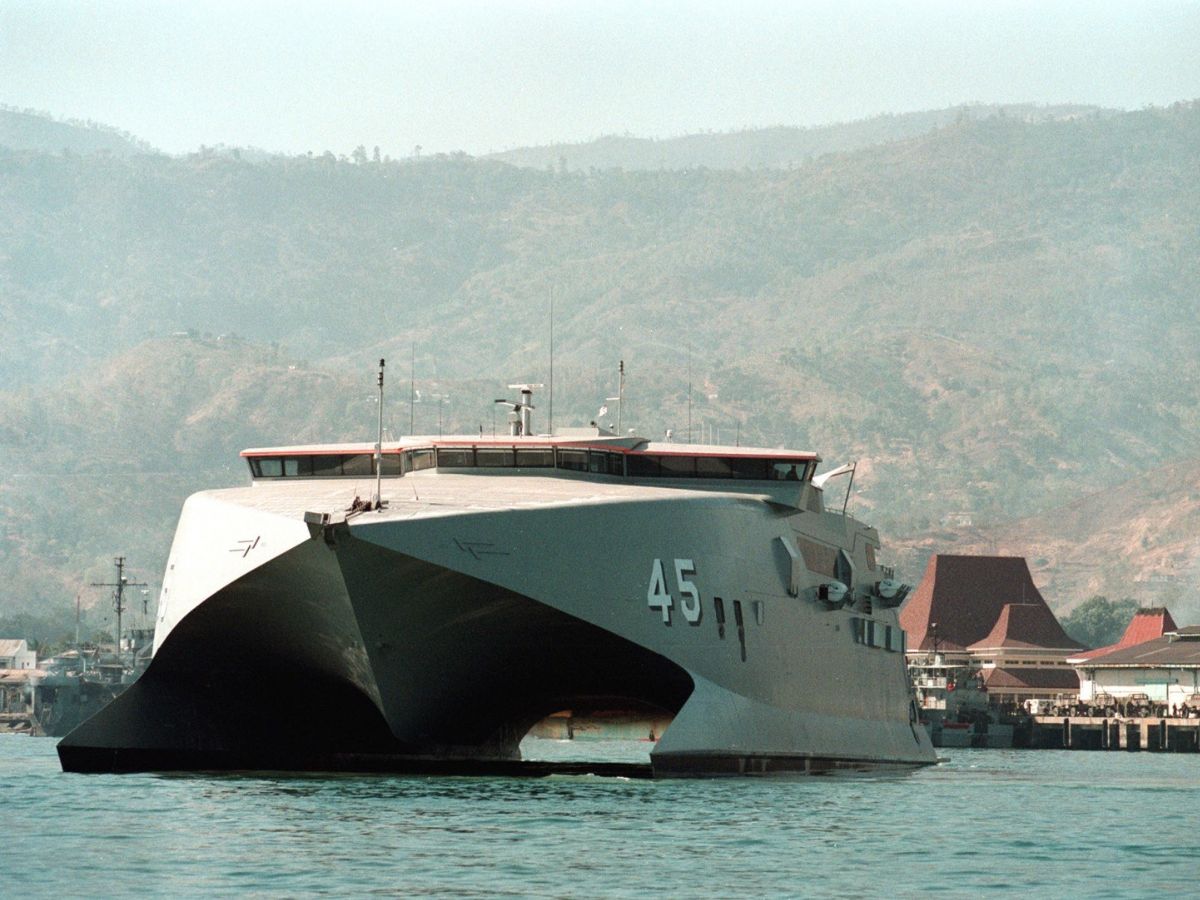
Special projects extended the idea. The New Zealand-designed Earthrace trimaran used a radical wave-piercing form to set a circumnavigation record. The private VSV MarySlim chased extreme weather passages. BMW Oracle’s USA 17 won the 2010 America’s Cup with wave-piercing outriggers.

New Zealand’s role in shaping the field
New Zealand’s influence runs deeper than most realise. LOMOcean Marine (formerly Craig Loomes Design Group) pushed the concept hard across commercial, government and private projects. Bakewell-White Yacht Design added its own spin through power cats like New Zealand Yacht’s My Spirit.

Local yards backed the designs with strong builds. Boats such as Ultimate Lady, Sampitres, My Spirit and Polaris came out of Kiwi sheds and helped establish New Zealand as a hub for slender, efficient multihulls.
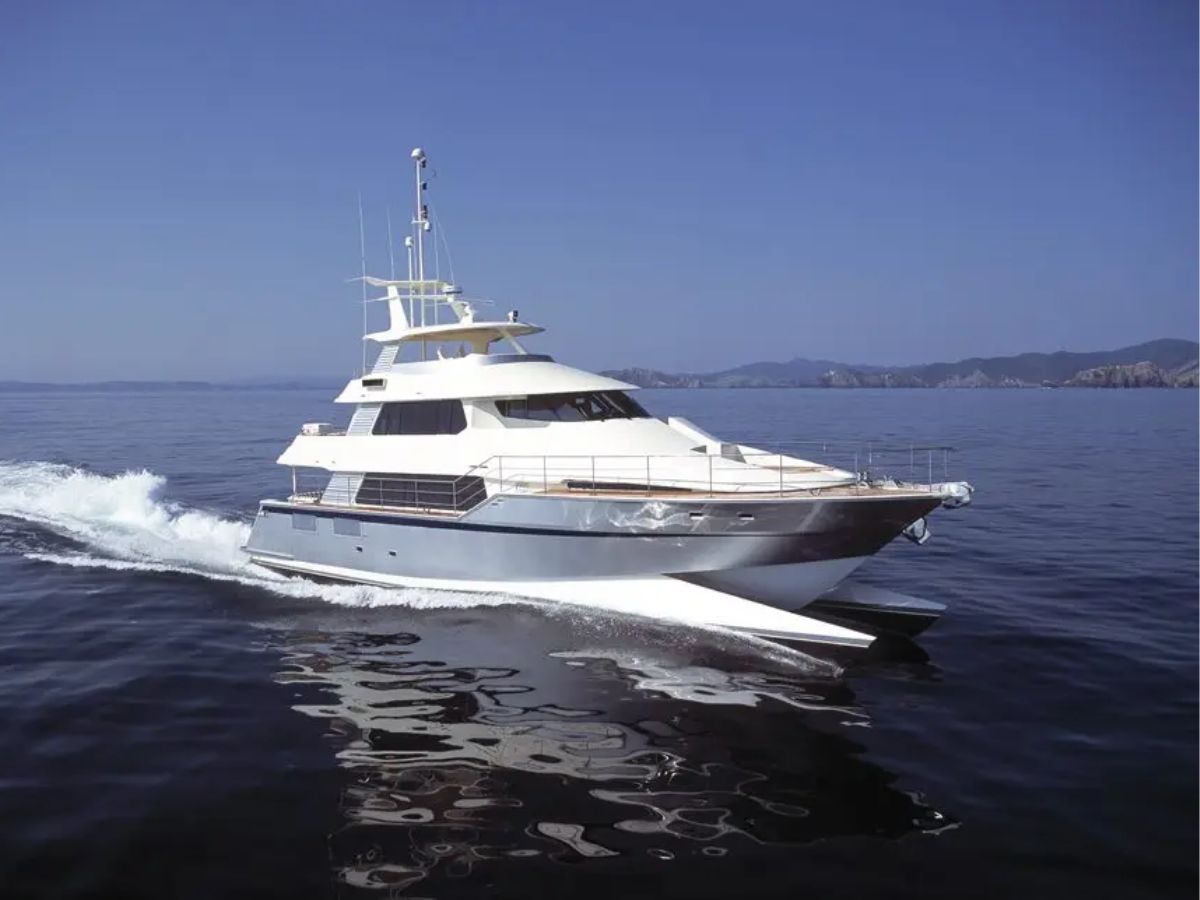
Ultimate Lady: the practical example
Ultimate Lady remains one of the clearest demonstrations of how a wave-piercer behaves offshore. Her GRP-composite hulls run long and narrow. The bows have almost no flare. Most of the buoyancy sits aft. The waterplane area stays tight. Together, these traits help her slip through the sea rather than climb over it.
She tops out around 32 knots and holds an easy cruise near 25 knots. Her range, depending on load, falls around the 5,000–5,500-nautical-mile mark. That combination is unusual for a yacht her size. Fuller hulls tend to carry more drag when seas rise, forcing slower speeds and higher fuel use.
Her 10-metre beam adds another advantage: space. The saloon spans the full width with a galley, bar, lounge and dining area that flows straight onto the aft deck. Three ensuite cabins sit forward, with a fourth aft near the saloon. None of this compromises performance because the fine bows don’t need to carry accommodation volume.

Her decks make the hull behaviour easy to read. The upper deck stays calm even when the swell builds. Guests can sit outside or in the lounge without the sharp movement you expect from many fast boats. The lower deck switches between a quiet sun space and a serious sportfishing platform. The game chair sits on a stable, predictable platform, and the hull handles backing-down manoeuvres with confidence.
Everything aboard reflects what the hull form allows: pace, comfort and a steady motion offshore.
Other Kiwi wave-piercers
Ultimate Lady is part of a wider run of local designs. Sampitres shares similar thinking but narrows the beam for stern-to berths in the Mediterranean. New Zealand Yacht’s My Spirit, built in 2005, scales the idea to 35 metres with a Bakewell-White hull and a vast 10.8-metre beam. Q-West’s takes a more workmanlike approach in aluminium with a layout built to Queensland survey.
Each boat follows the same broad idea but solves different problems.
Where the idea is heading
Wave-piercing hulls continue to shift. Designers lean on CFD modelling to refine bow entries and manage immersion. Modern composites let them build longer and stiffer hulls without adding weight. Many boats now blend fine entries with subtle flare above the waterline to keep the forward decks drier.
You see these shapes showing up in new patrol craft, eco-tourism boats and long-range expedition cats.
The fundamentals haven’t changed: keep the bow fine, reduce lift, lower the loading, and let the boat run through the sea.
Great for New Zealand’s punishing coastline
New Zealand’s coastline punishes boats that pitch heavily or carry excess flare. Long stretches of open water and quick weather changes make a calmer, more predictable motion valuable. Wave-piercing hulls suit these conditions well. They reduce fuel use, ease the ride and make longer trips more manageable.
Kiwi designers helped build the foundation. Many of the world’s best examples, from record boats to charter cats, came from local drawing boards and sheds. That influence continues as the form spreads into more sectors and propulsion systems.








